Optimal Timing for Dry Well Repairs
Dry well repairs are most effectively performed during periods of stable weather, typically in the spring and early fall. These seasons offer moderate temperatures and lower chances of heavy rainfall, which can interfere with repair work and affect drainage systems. Conducting repairs during these times helps ensure that the dry well functions properly once the weather becomes more extreme.
Spring is ideal for dry well repairs as it allows for preparation before heavy rains and ensures proper drainage during the wetter months.
Early fall provides cooler temperatures and dry conditions, making it suitable for repairs before winter weather sets in.
Winter can bring freezing temperatures that hinder repair work, while summer's heat can cause additional stress on materials and personnel.
Monitoring local weather patterns helps determine optimal repair windows, avoiding periods of heavy rain or storms.
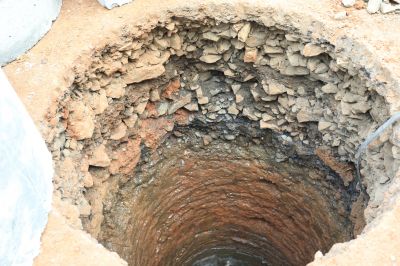
Ways to make Dry Well Repairs work in tight or awkward layouts.
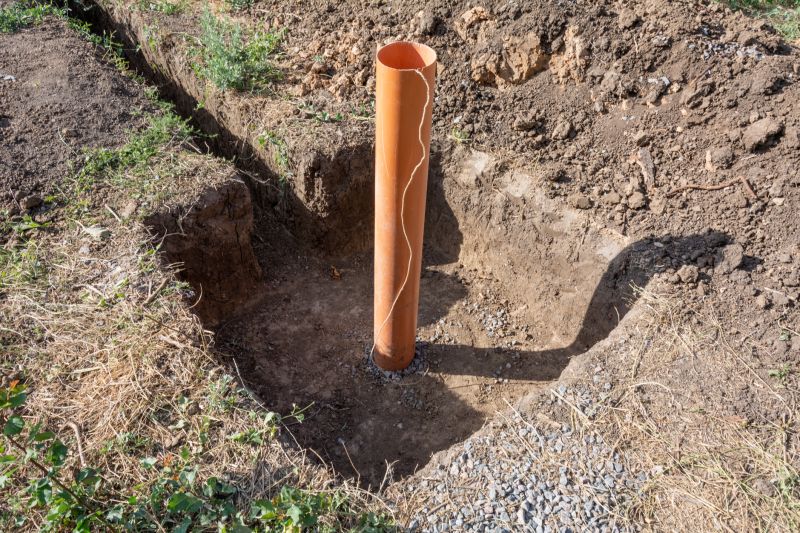
Popular materials for Dry Well Repairs and why they hold up over time.
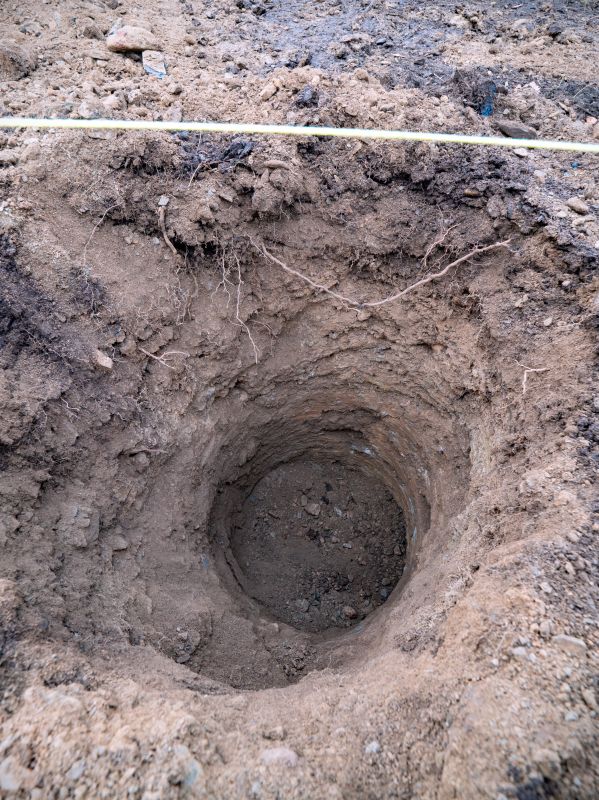
Simple add-ons that improve Dry Well Repairs without blowing the budget.
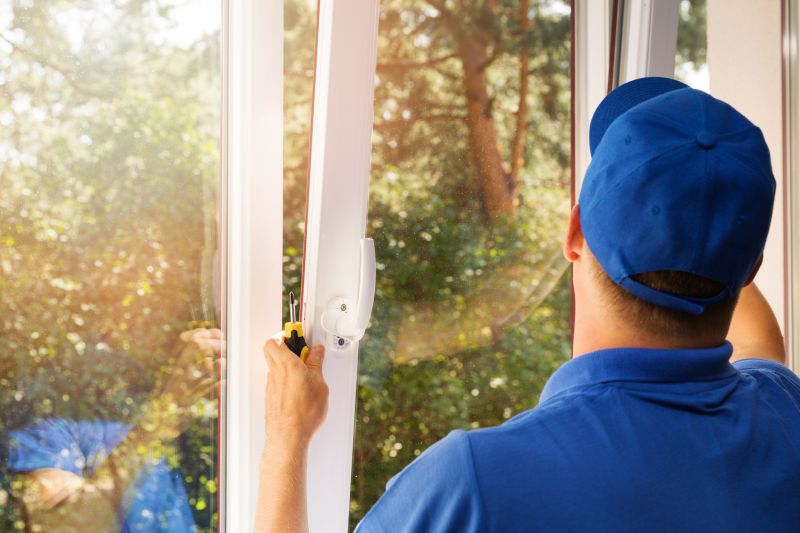
High-end options that actually feel worth it for Dry Well Repairs.

Finishes and colors that play nicely with Dry Well Repairs.

Little measurements that prevent headaches on Dry Well Repairs day.
Dry well repairs are essential for maintaining effective drainage and preventing water accumulation that can lead to property damage or foundation issues. Proper timing ensures that repairs are completed efficiently and that the dry well functions optimally during periods of heavy rainfall or snowmelt. Regular inspection and timely repairs can extend the lifespan of drainage systems and reduce long-term costs.
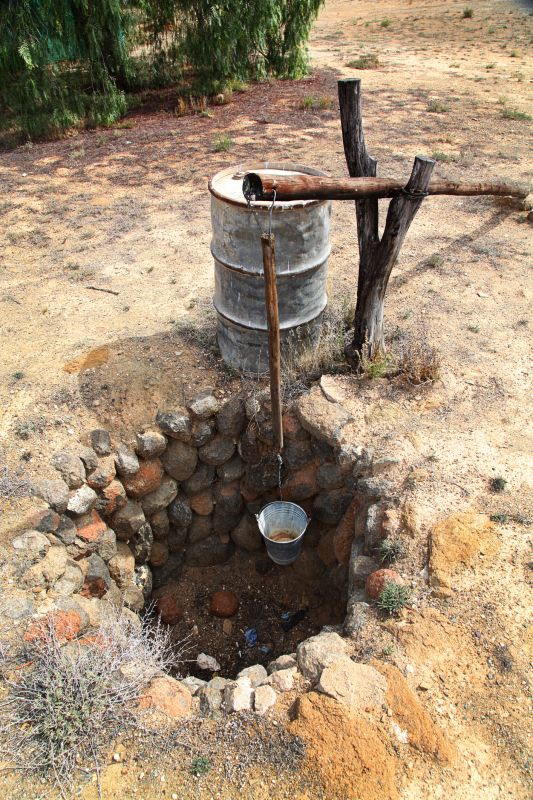
A 60-second routine that keeps Dry Well Repairs looking new.

A frequent mistake in Dry Well Repairs and how to dodge it.
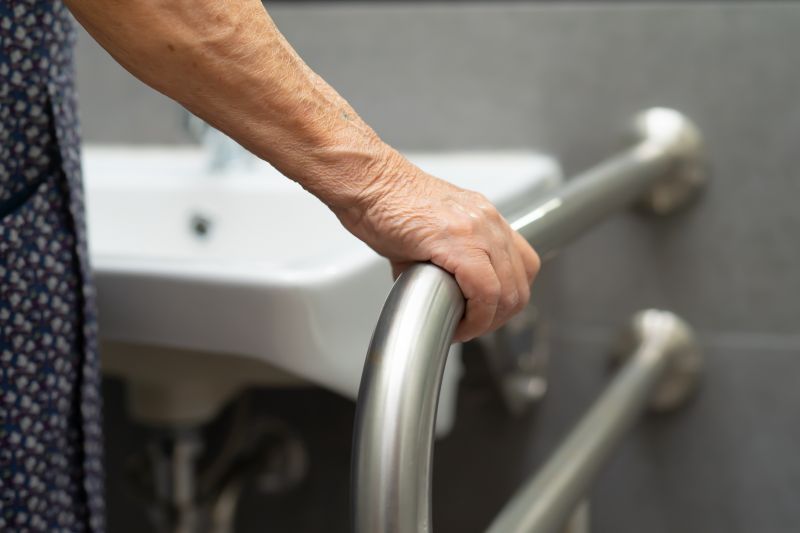
Small tweaks to make Dry Well Repairs safer and easier to use.

Lower-waste or water-saving choices for Dry Well Repairs.
| Season | Optimal Conditions |
|---|---|
| Spring | Moderate temperatures, dry soil, before heavy rains |
| Early Fall | Cooler weather, dry soil, before winter |
| Winter | Cold temperatures, potential freezing, unsuitable |
| Summer | High temperatures, increased stress, less ideal |
| Late Fall | Approaching winter, weather variability |
Timely repairs to dry wells help prevent costly damages caused by water pooling and soil erosion. Scheduling repairs during optimal weather windows minimizes disruptions and ensures the longevity of the drainage system. Regular inspections can identify issues early, allowing for repairs at the most convenient and effective times.
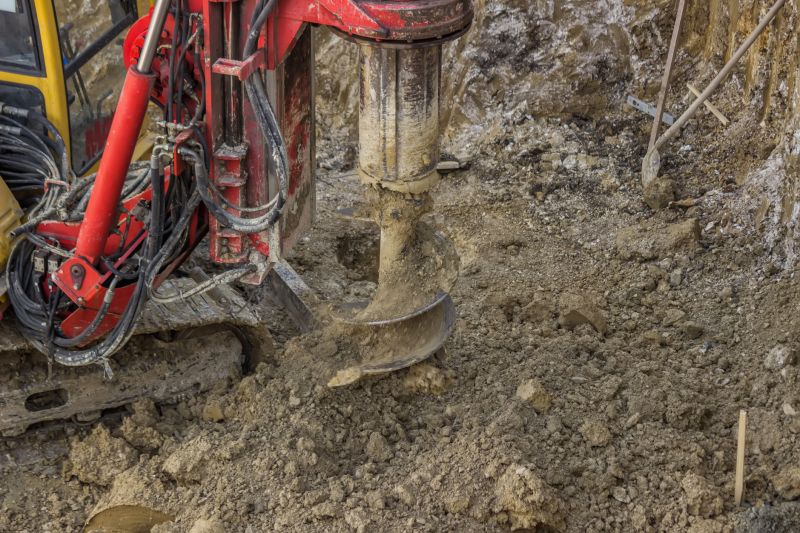
The short, realistic tool list for quality Dry Well Repairs.
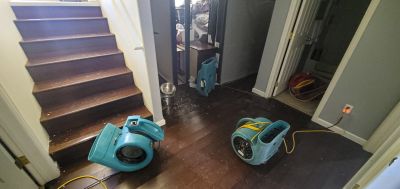
Rough timing from prep to clean-up for Dry Well Repairs.
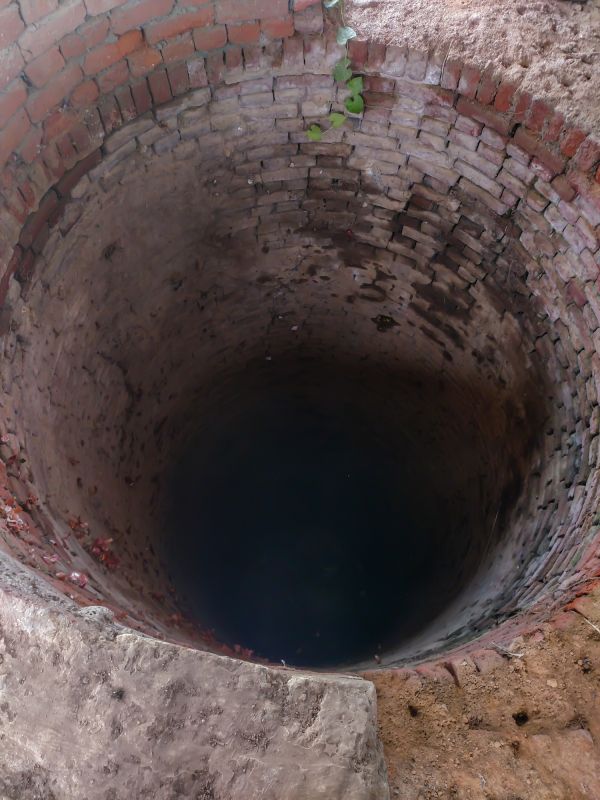
Quick checks and paperwork to keep after Dry Well Repairs.
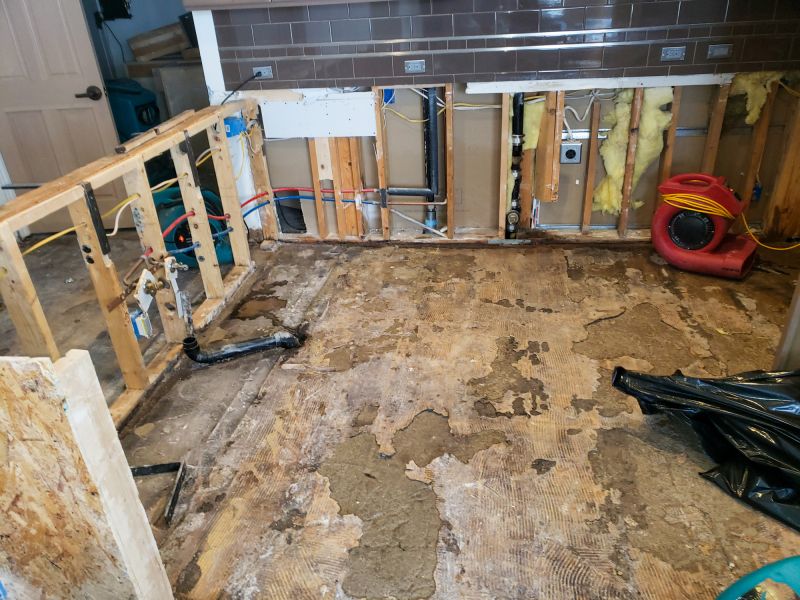
Examples that show the impact a good Dry Well Repairs can make.
Interested parties are encouraged to contact for more information about scheduling dry well repairs. Proper timing and maintenance can help ensure effective drainage and prevent water-related property issues.



